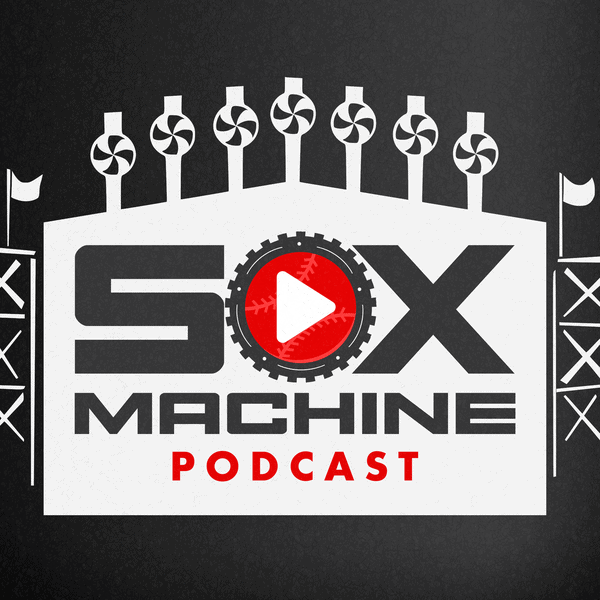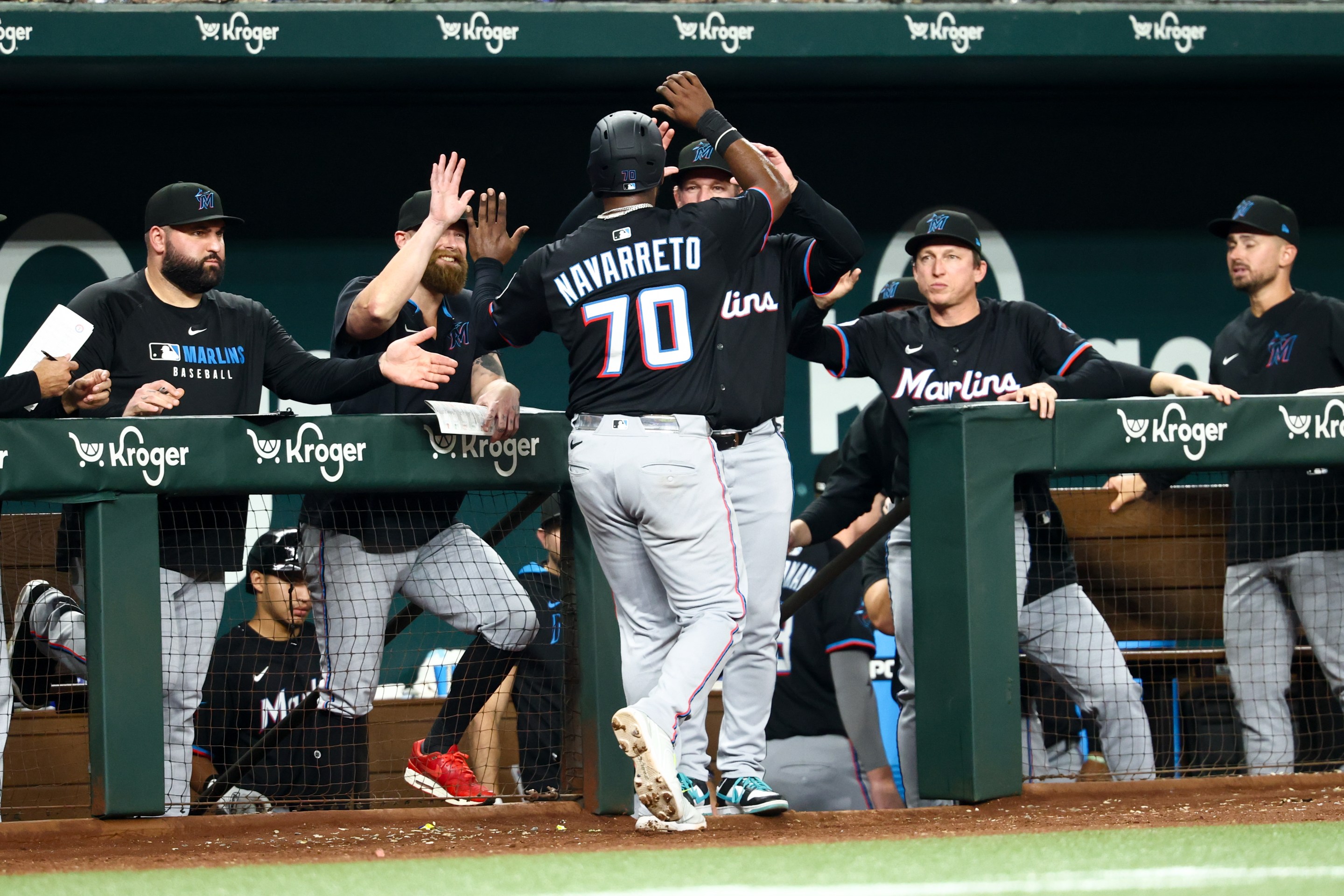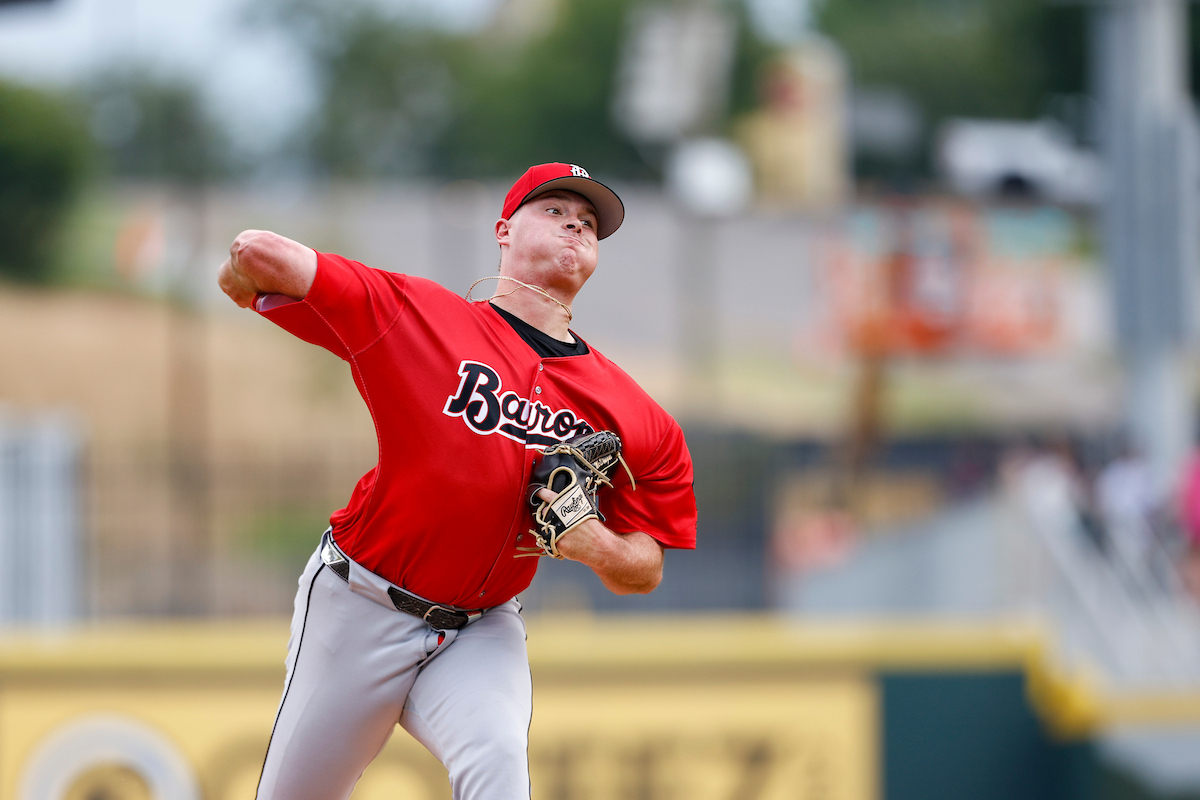In Game 2 of the 1964 World Series, Bob Gibson lasted only eight innings. He might've pitched the ninth, but St. Louis manager Johnny Keane lifted him for a pinch hitter in the bottom of the eighth and the Cardinals trailing 4-1. The move worked, in that Bob Skinner hit a ground-rule double that put two runners in scoring position. One of them scored to make it a 4-2 game heading into the ninth.
The move also failed, in that Barney Schultz replaced Gibson on the mound and promptly lost that run by serving up a leadoff homer to Phil Linz.
The Cardinals never made that mistake again. Gibson pitched in eight other World Series games, and he went the distance in all of them. He made up for the missing inning in Game 5 by throwing all 10 innings in the Cardinals' 5-2 victory. Only the "GG" column reveals that Gibson ever required any assistance on the game's biggest stage. The rest of it shows one man against the world, and that one man usually winning:
| W-L | ERA | GS | IP | H | HR | BB | K |
|---|---|---|---|---|---|---|---|
| 7-2 | 1.89 | 9 | 81 | 55 | 6 | 17 | 92 |
Gibson died on Friday, a few months after he announced that he had pancreatic cancer, and on the 52nd anniversary of his greatest masterpiece. In the Year of the Pitcher, he won a battle of Cy Young winners, besting 31-game winner Denny McLain by striking out 17 in a five-hitter of the Tigers in Game 1 of the 1968 World Series.
* * * * * * * * *
On the same day that Gibson passed, the San Diego Padres spun their own October shutout of his Cardinals, four-hitting St. Louis in Game 3 to advance to the National League Division Series.
I should note the one tiny difference in these performances more than a half-century apart: The Padres used nine different pitchers.
There's a poetry in the timing of these events, as if the world decided that these pitching performances couldn't exist on the same planet. A lot has changed since 1968. A lot has changed since even 2005, which is why I wouldn't trade the way the White Sox won their World Series for two titles. There's a lot more romance in one pitcher carrying the load than a committee airing it out for an inning at a time.
The timing is also useful for White Sox fans who are still questioning Rick Renteria's strategy of a Johnny Wholestaff effort in the Game 3 loss to Oakland. Had one of his relievers in the wake of Garrett Crochet's injury been able to throw strikes on a reliable basis, Renteria might be getting the kind of acclaim that Jayce Tingler received:
We can debate whether Renteria deployed them "deftly." I think he certainly lost his bearings with the Carlos Rodón-Matt Foster sequence, but by that point, six different White Sox pitchers had failed to bring any calm to the game. Tingler also made his share of trips to the mound, with three mid-inning swaps during the first five innings. He's just not accused of overmanaging or introducing panic because the results worked out for him.
The one difference is that Tingler's "starter" -- reliever Craig Stammen -- recorded five outs to Dane Dunning's two, which perhaps put the game on a better course. Then again, Stammen opened with a 1-2-3 inning. Had Dunning slipped into the game so smoothly, he would've pitched into the second as well. And, had Crochet been able to finish the second like he'd started it, who knows.
It's worth second-guessing and examining, especially since Renteria's anti-opener rigidity doesn't do him any favors. But after watching the Padres use nine pitchers apiece to win Games 2 and 3, I don't think the strategy itself is to blame. If the White Sox were going to advance further, they were going to need a lot more of Crochet, as well as the pitchers who faltered. The correlation between how smart a manager looks and how well his players perform is a little too high to spend too much time hammering on only the former.
* * * * * * * * *
However it happened, the postseason field is reduced to a normal amount of teams, and none of them are from the Central divisions. The White Sox, Twins, Indians, Cubs, Cardinals, Brewers and Reds all lost their series, and five of those seven teams were swept.
It raises the question whether the Central divisions were actually as deep as they seemed, or whether they were mostly composed of decent teams that could beat up on the stragglers. It's too small a sample to say, especially when a team like the Indians scores six runs a game with nothing to show for it.
Any arguments are better used as evidence supporting balanced schedules when normal travel can resume, especially if the postseason is going to expand to include more wild card teams. If divisions crap the bed so thoroughly in future Octobers, at least there'll be some regular-season evidence to know whether we should've been prepared for it.
The remaining teams feature very few former White Sox, in the event that informs your rooting interests the rest of the way.
TAMPA BAY RAYS vs. NEW YORK YANKEES
The Rays let Avisaíl García head to Milwaukee in free agency and didn't find a suitable former White Sox for replacement purposes. The Yankees haven't gone without a tie to the White Sox since Tommy Kahnle underwent Tommy John surgery in August.
OAKLAND ATHLETICS vs. HOUSTON ASTROS
We just watched Chris Bassitt and Marcus Semien team up to beat the club that raised them in Game 2, while Joakim Soria gave and took. J.B. Wendelken and Frankie Montas came to the White Sox in the same deal, but they found their way to Oakland with different paths. They'll be facing the Astros who have no former White Sox.
LOS ANGELES DODGERS vs. SAN DIEGO PADRES
The Dodgers haven't needed the White Sox's help, while we all know what the Sox did for San Diego with Fernando Tatis Jr. It's also worth watching Manny Machado, whose rebound in the regular season didn't quite carry into the first round.
ATLANTA BRAVES vs. MIAMI MARLINS
Tyler Flowers made it onto the wild-card round roster, but he didn't appear in either of the games against Cincinnati. His bat is back to where it was with the White Sox. The Marlins are Soxless, with Brian Anderson the closest thing.





